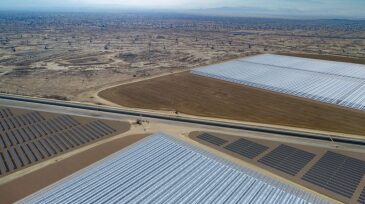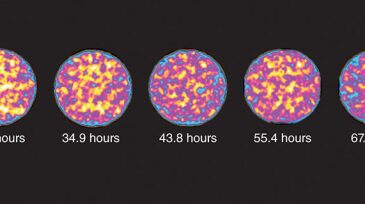Enhanced recovery
Secondary and tertiary efforts are critical for sustaining the productive lives of unconventional plays.
This paper discusses the effect of injected-polymer viscosity on various aspects of a project, from recovery to surface facilities, including both theoretical arguments and practical field experience—which do not always align.
This study leverages oil-fingerprinting technology and geochemical data to evaluate the fluid connectivity between a main field and its stepout wells.
-
Experimentation reveals that swellable nanogels increase their size faster than expected or produce aggregation leading to serious blocking problems at the sandface. This paper studies if the addition of a surfactant can help improve injectivity.
-
Scientists at Locus Bio-Energy Solutions have created a series of nontoxic microbial-based products that substantially increase oil production.
-
In the complete paper, three stages of review have been combined to find out the applicability of the most-feasible improved-oil-recovery (IOR) methods in North American unconventional reservoirs.
-
Progress in chemical EOR, from polymer to alkaline/surfactant/polymer, has been significant. Not only are there new chemicals with improved recovery capabilities, but also the cost of the chemicals is being reduced continuously. All those factors led to more operators using chemical EOR.
-
If proven economic, solar EOR technology could represent an environmentally and energy friendly solution for California’s heavy oil producers.
-
Early field tests suggest chemical treatments may be able to significantly increase production from unconventional formations.
-
The promise of getting 30% more oil production from shale wells has set off a race by companies trying to see if they can replicate what EOG has done. But the big question is: Can it add enough oil to increase the industry’s low average recovery rate?
-
Currently, there are few studies on smart waterflooding in tight and very tight oil reservoirs. This work examines smart-waterflood opportunities in such reservoirs.
-
Previous studies demonstrate that Montney rock samples present a dual-wettability pore network. Recovery of the oil retained in the small hydrophobic pores is uniquely challenging.
-
This paper presents the performance results from one of the waterflood pilots in the Viewfield Bakken.













